There’s no shortage of data centers being built on Earth, but this one’s a little different.
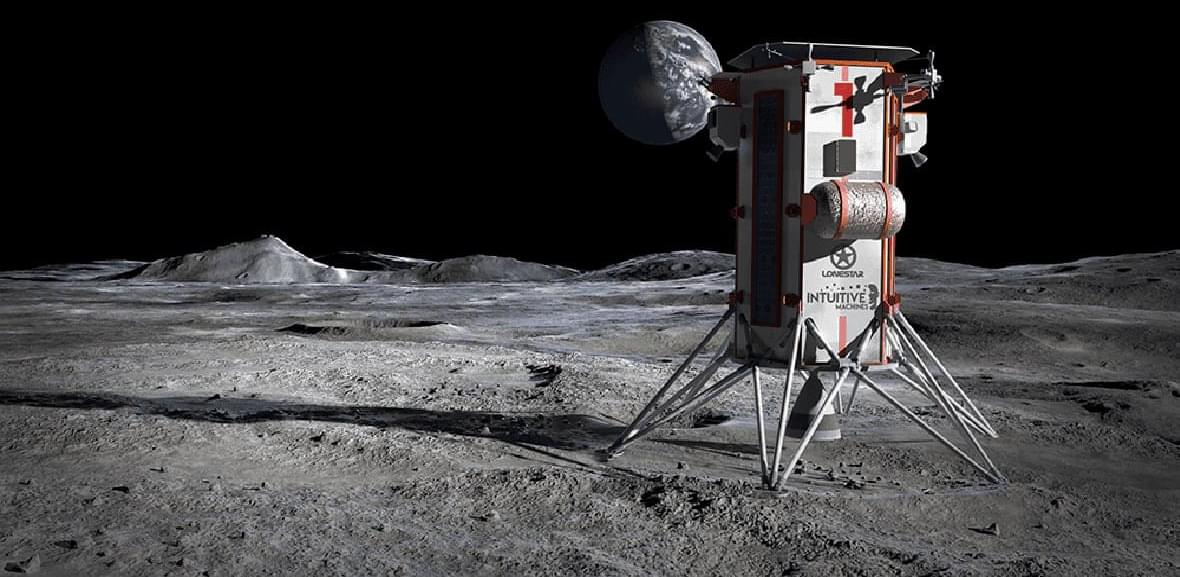

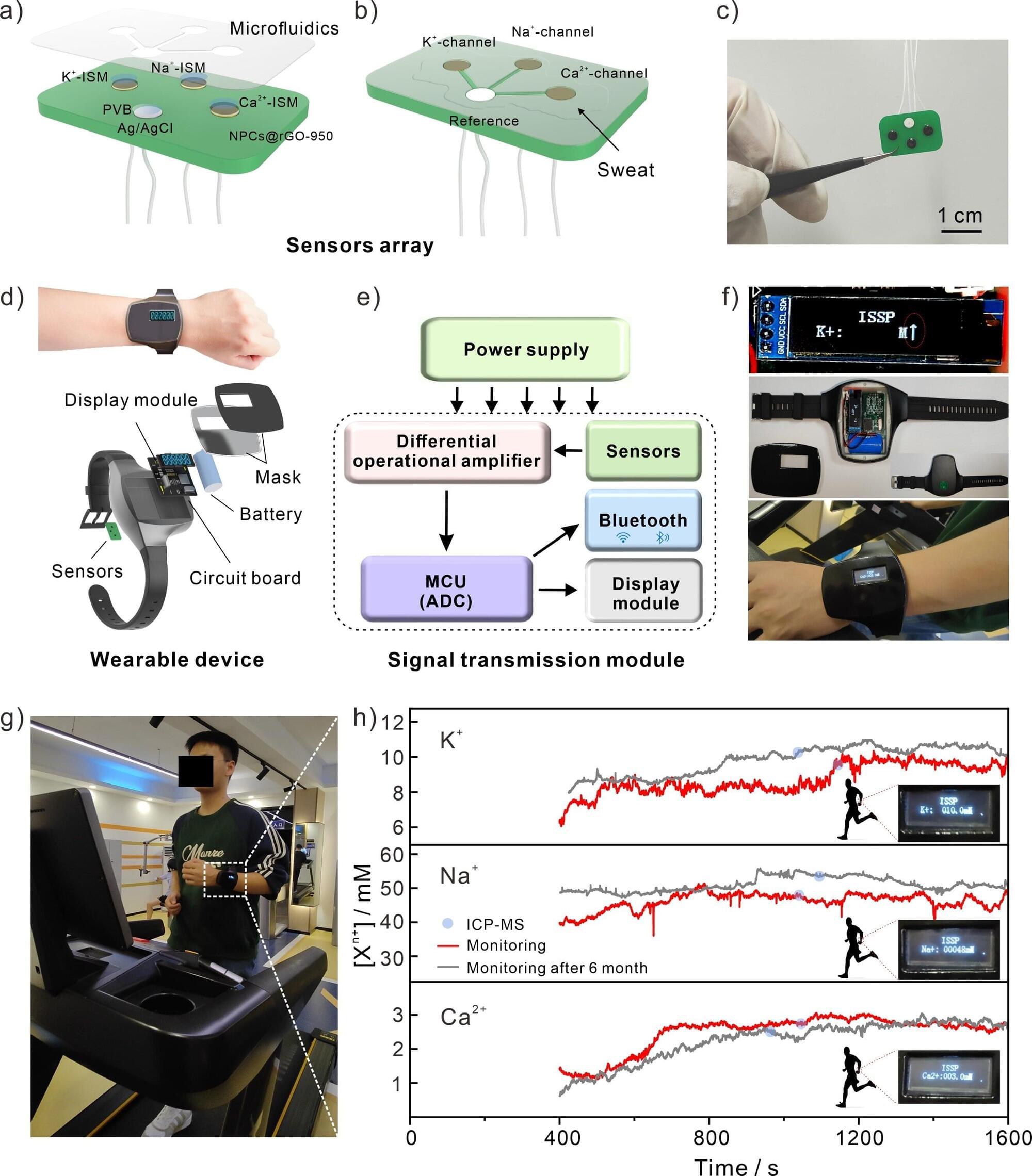
Researchers have created a unique wristwatch that contains multiple modules, including a sensor array, a microfluidic chip, signal processing, and a data display system to monitor chemicals in human sweat. Their study is published in the journal ACS Nano.
“It can continuously and accurately monitor the levels of potassium (K+), sodium (Na+), and calcium (Ca2+) ions, offering both real-time and long-term tracking capabilities,” said senior researcher Prof. Huang Xingjiu from the Institute of Solid State Physics at the Hefei Institutes of Physical Sciences of Chinese Academy of Sciences.
Tremendous progress has been made in sweat sensors based on electrochemical methods, making it easier to track body changes. The stability of the sensor chip is crucial for its application effect and service life, which is the key to ensuring the long-term reliable operation of the sensor.
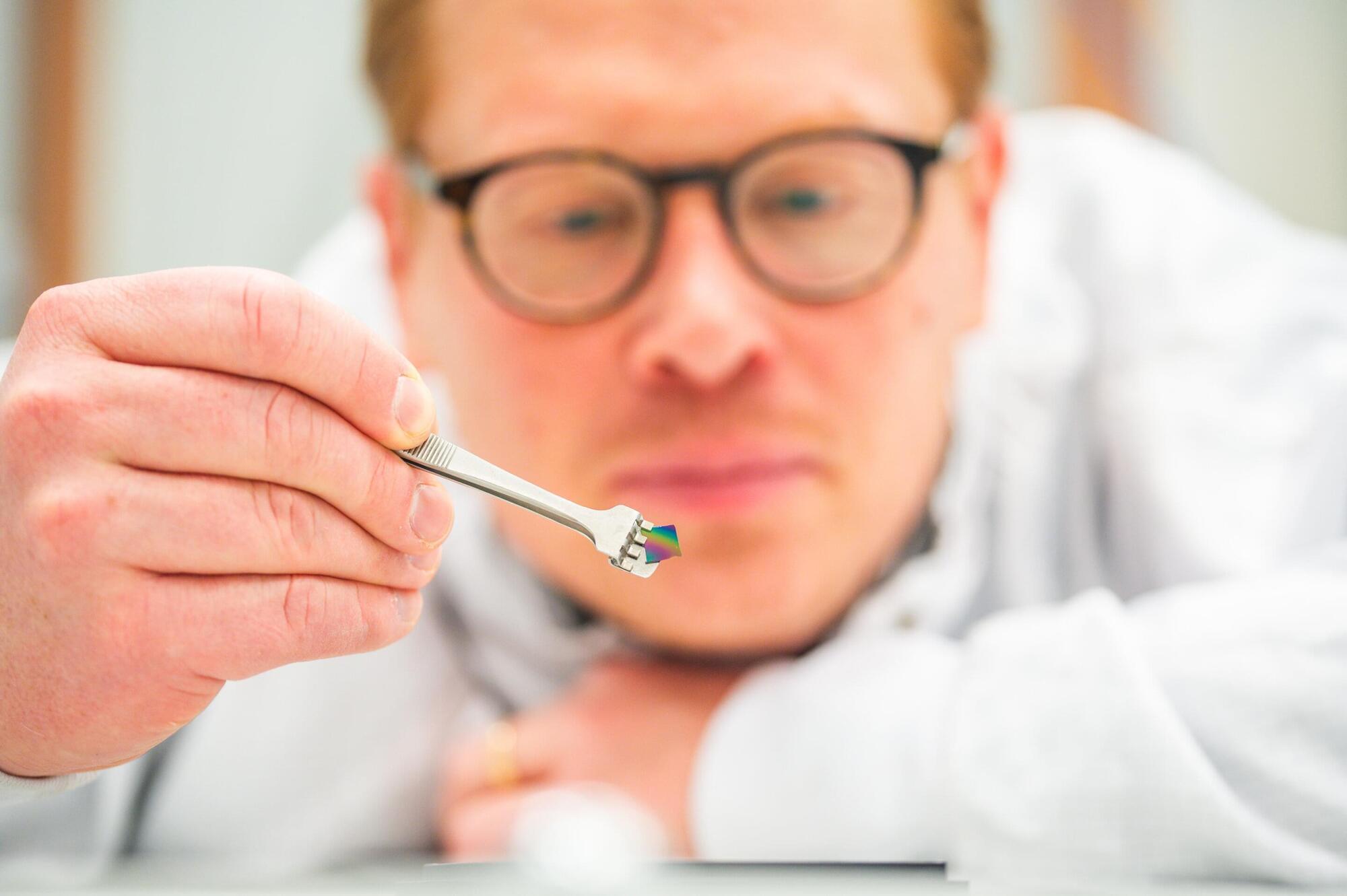
The electronics of the future can be made even smaller and more efficient by getting more memory cells to fit in less space. One way to achieve this is by adding the noble gas xenon when manufacturing digital memories.
This has been demonstrated by researchers at Linköping University in a study published in Nature Communications. This technology enables a more even material coating even in small cavities.
Twenty-five years ago, a camera memory card could hold 64 megabytes of information. Today, the same physical size memory card can hold 4 terabytes—over 60,000 times more information.
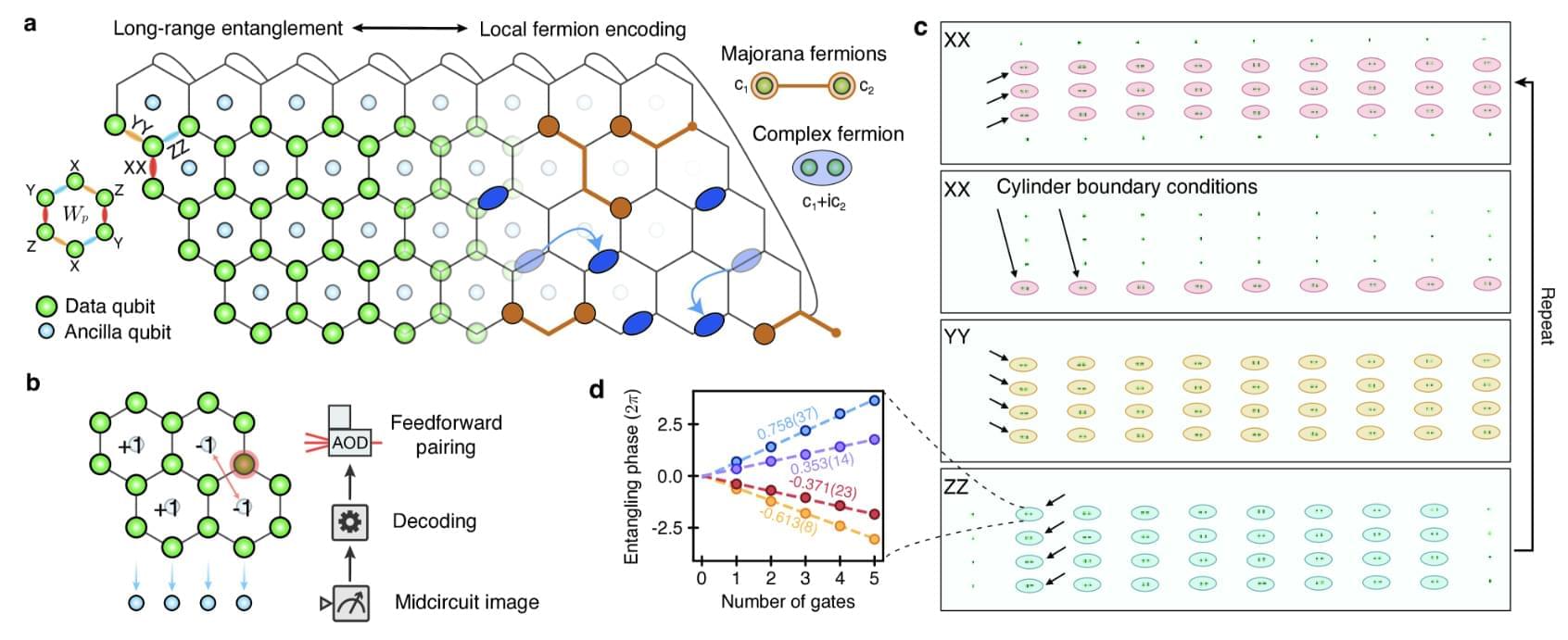
CATALOG, a DNA computing company, synthesized and assembled millions of nucleotides of DNA into thousands of individual strands in their Boston laboratories. That DNA was then shipped to France, where Imagene, a company specializing in robust and room-temperature storage solutions, packaged the molecules into laser-sealed, stainless steel capsules. Each capsule was sealed under an inert atmosphere — meaning there is no oxygen or moisture inside the capsule — preserving the DNA inside for tens of thousands of years. And finally, Plasmidsaurus “read” the DNA book at their headquarters in California and submitted the final sequence to the internet for everyone to enjoy. You can check out the book’s DNA sequence at CATALOG’s website, or by scanning the QR code at the bottom of this article.
Pre-Order
We’ve made 1,000 DNA capsules in total. Each capsule comes with a custom-designed display stand and a printed copy of the book. Pre-orders are open today and orders will ship in February. Our first book sold out, and we are not planning to do additional print runs. If you need any help with your order, would like to request international shipping, or plan to order more than ten copies, please email [email protected]. We’ll do our best to help!

For the first time ever, scientists have managed to snap a picture of an electron’s shape while it moves through a solid. While it doesn’t sound remotely impressive for the average Joe, this discovery gives us a whole new way to look at electrons.
This photographic achievement could lead to big changes in things like quantum computers, futuristic electronics, and maybe even gadgets we haven’t imagined yet. The research was led by physicist Riccardo Comin, a professor at MIT, along with a team of collaborators from various institutions.
“We’ve essentially created a blueprint for uncovering completely new insights that were out of reach before,” explains Comin. His colleague and co-author, Mingu Kang, carried out much of the work at MIT before continuing his research at Cornell University.

Simulation Metaphysics extends beyond the conventional Simulation Theory, framing reality not merely as an arbitrary digital construct but as an ontological stratification. In this self-simulating, cybernetic manifold, the fundamental fabric of existence is computational, governed by algorithmic processes that generate physical laws and emergent minds. Under such a novel paradigm, the universe is conceived as an experiential matrix, an evolutionary substrate where the evolution of consciousness unfolds through nested layers of intelligence, progressively refining its self-awareness.
#SimulationMetaphysics #OmegaSingularity #CyberneticTheoryofMind #SimulationHypothesis #SimulationTheory #CosmologicalAlpha #DigitalPhysics #ontology

Quantum networks require quantum nodes that are built using quantum dots.
However, a new study impressively solves these challenges. The study authors successfully used 13,000 nuclear spins in a gallium arsenide (GaAs) quantum dot system to create a scalable quantum register.
Quantum networks require quantum nodes that are built using quantum dots — tiny particles, much smaller than a human hair, which can trap and control electrons, and store quantum information.
Quantum dots are valued for their ability to emit single photons because single-photon sources are key requirements for secure quantum communication and quantum computing applications.
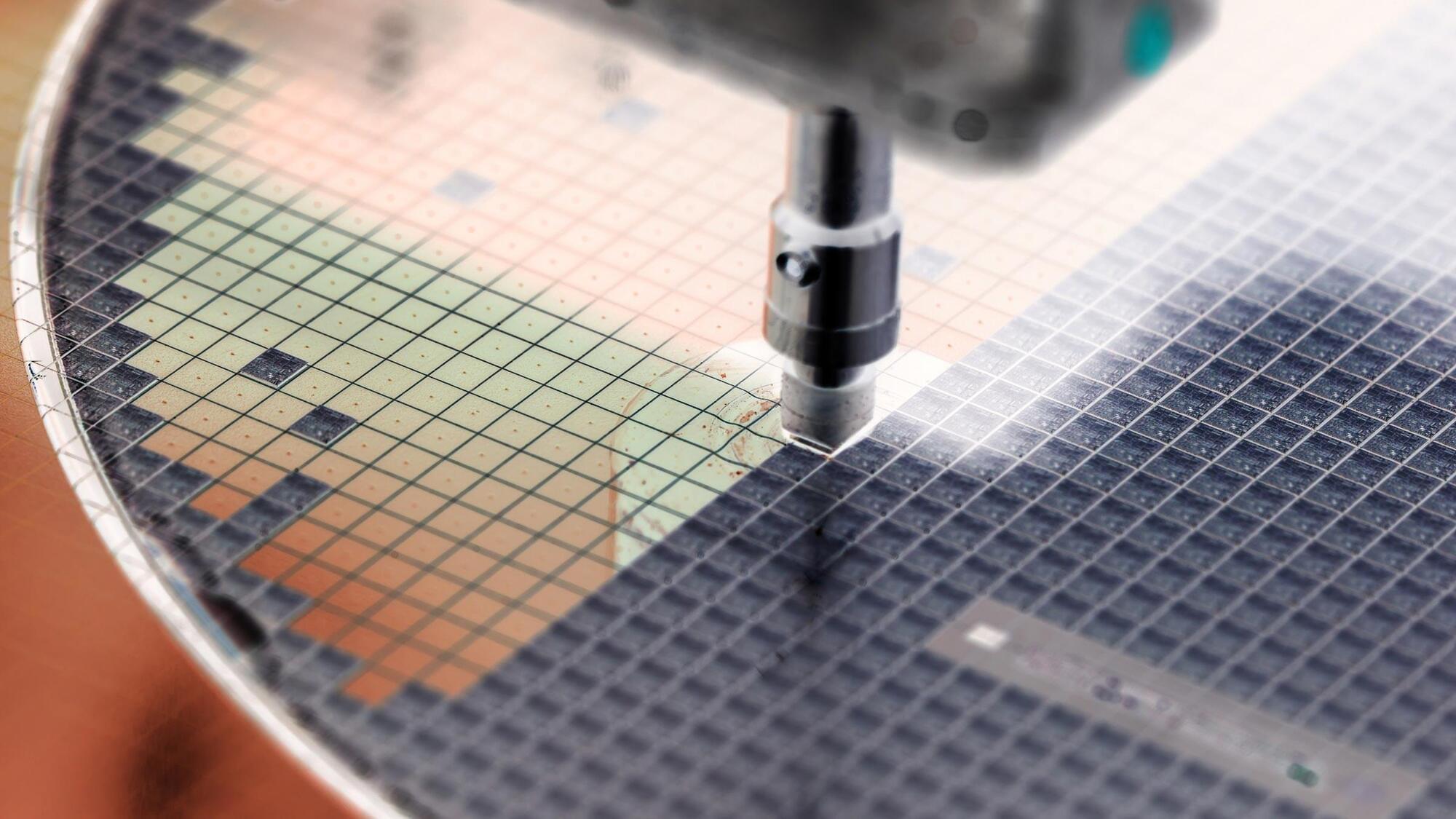
To improve data storage, researchers are perfecting 3D NAND flash memory, which stacks cells to maximize space.
Researchers have discovered a faster, more efficient way to etch deep holes in 3D NAND flash memory using advanced plasma.
Plasma is one of the four fundamental states of matter, along with solid, liquid, and gas. It is an ionized gas consisting of positive ions and free electrons. It was first described by chemist Irving Langmuir in the 1920s.

Everyone has their favourite example of a trick that reliably gets a certain job done, even if they don’t really understand why. Back in the day, it might have been slapping the top of your television set when the picture went fuzzy. Today, it might be turning your computer off and on again.
Quantum mechanics — the most successful and important theory in modern physics — is like that. It works wonderfully, explaining things from lasers and chemistry to the Higgs boson and the stability of matter. But physicists don’t know why. Or at least, if some of us think we know why, most others don’t agree.